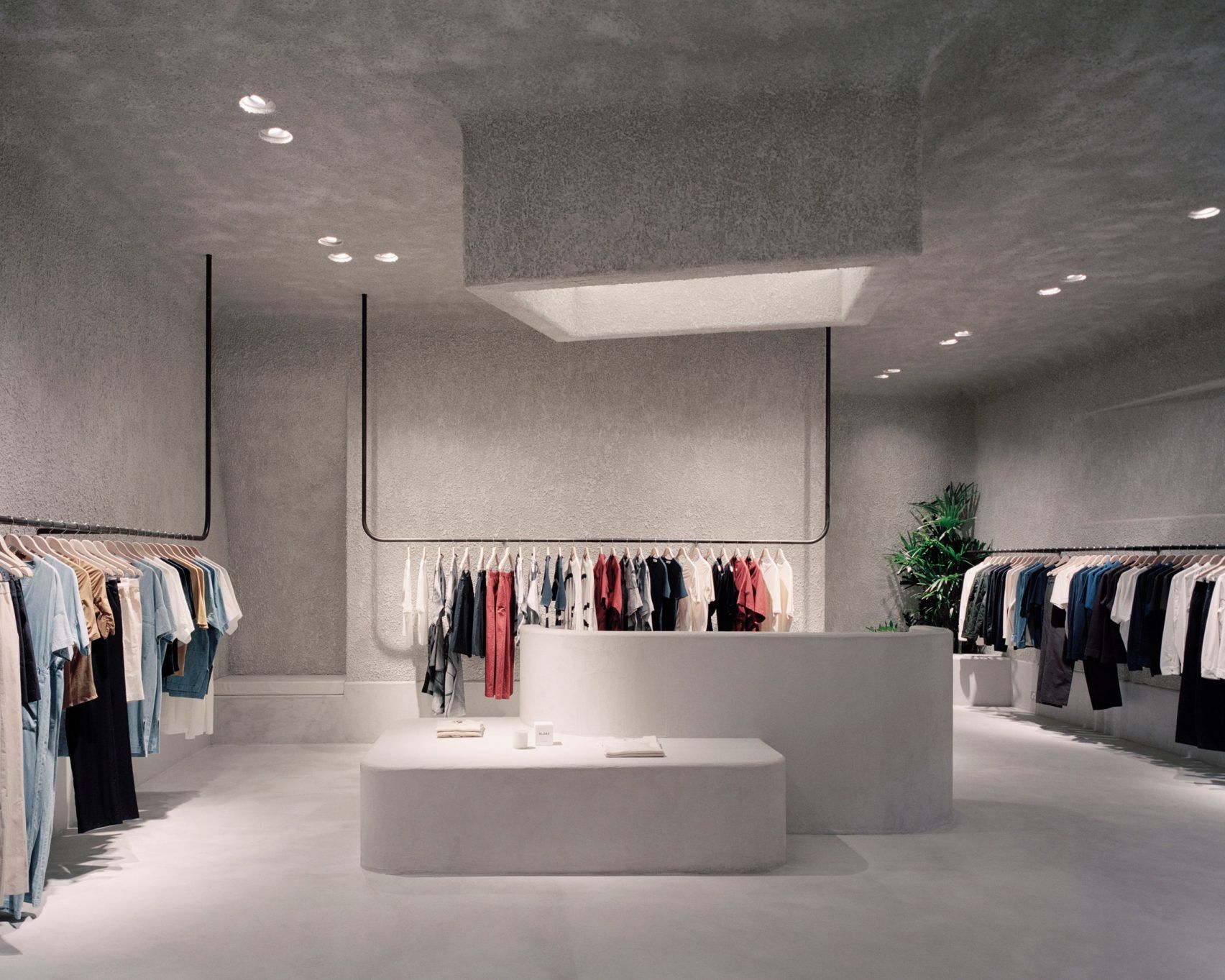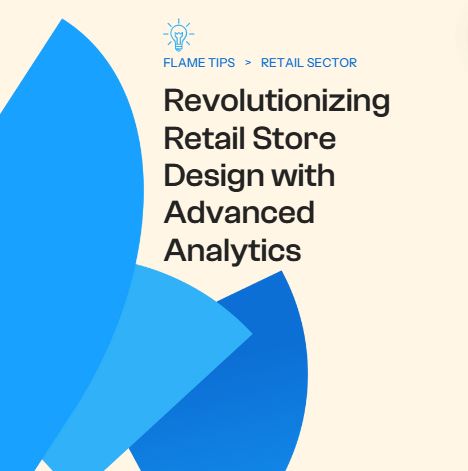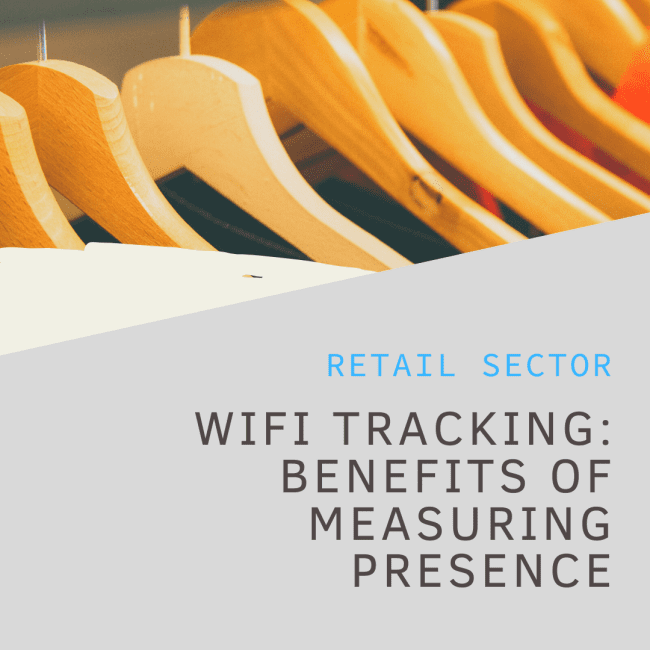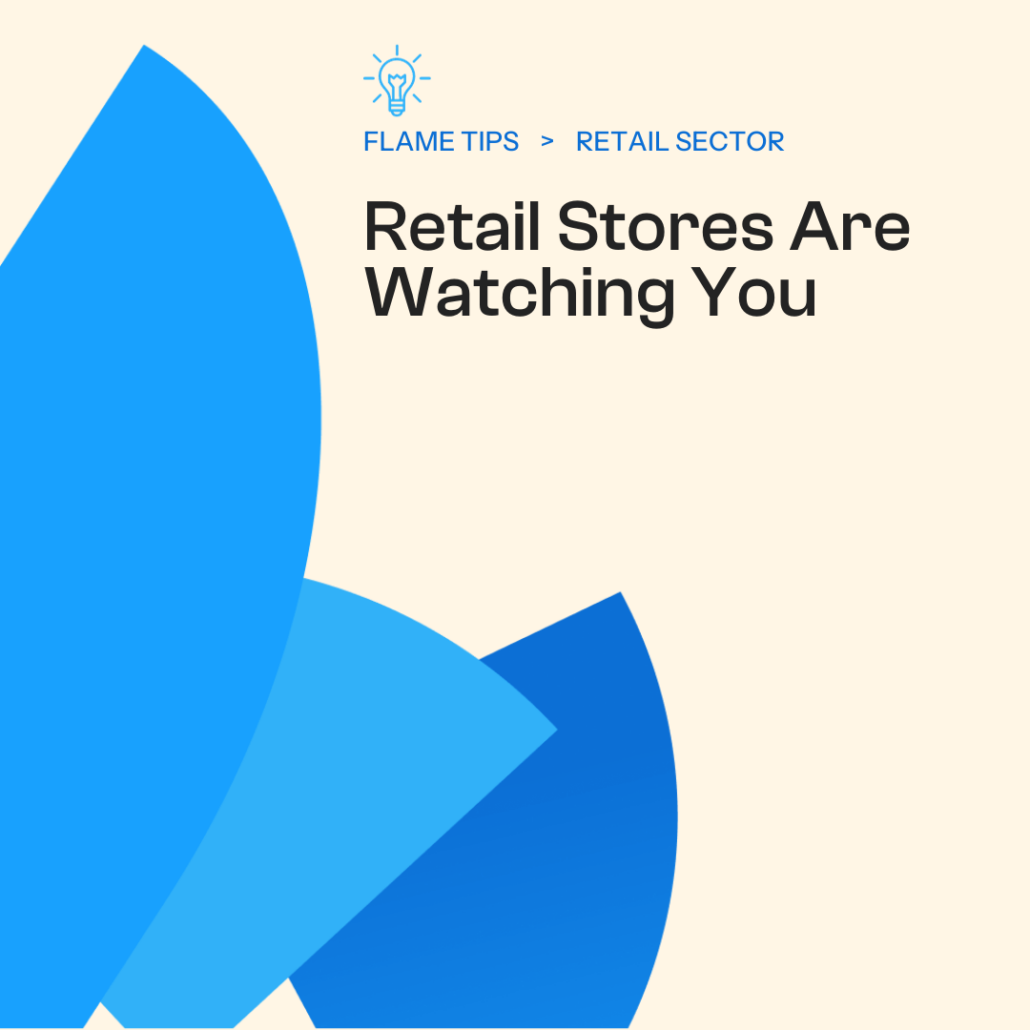Retail Store Design in today’s competitive retail landscape goes far beyond aesthetics. While a visually appealing layout is crucial, the integration of advanced retail analytics has become a game-changer. By leveraging data, retailers can optimize their store design to enhance customer experience, increase sales, and improve operational efficiency.
The Power of Retail Analytics
Retail analytics involves collecting and analyzing data from various sources within a store. This data provides valuable insights into customer behavior, preferences, and trends, enabling retailers to make informed decisions. Here are some key aspects of retail analytics that can transform your retail store design:
People Counting
Understanding foot traffic is fundamental to retail success. People counting systems track the number of visitors entering and exiting the store. This data helps retailers identify peak hours, measure the effectiveness of marketing campaigns, and allocate staff efficiently. By analyzing foot traffic patterns, store managers can ensure adequate staffing levels during busy periods and optimize store layout to guide customers through high-traffic areas.
Heatmaps
Heatmaps provide a visual representation of customer movement and engagement within the store. By tracking where customers spend the most time, retailers can identify popular sections and optimize product placement. For example, placing high-margin items in high-traffic areas can boost sales. Additionally, heatmaps can reveal underutilized spaces, prompting redesigns that enhance the overall shopping experience.
Dwell Time Analysis
Dwell time measures how long customers spend in different areas of the store. Longer dwell times often indicate higher interest or engagement with products. By analyzing dwell time data, retailers can identify which displays and sections are most effective at capturing attention. This information can guide decisions on product placement, promotional displays, and store layout adjustments to keep customers engaged and encourage purchases.
Conversion Rates
Tracking conversion rates, the percentage of visitors who make a purchase, is crucial for assessing the effectiveness of your store design and layout. By correlating foot traffic data with sales data, retailers can determine which areas of the store are driving sales and which are not. This insight allows for targeted improvements, such as rearranging displays or adjusting the product mix to better meet customer needs.
Queue Management
Long checkout lines can deter customers and negatively impact their shopping experience. Retail analytics can monitor queue lengths and waiting times, allowing store managers to adjust staffing levels and open additional registers when needed. Efficient queue management ensures a smooth and pleasant shopping experience, increasing customer satisfaction and loyalty.
Personalized Marketing
Data collected through retail analytics can also enhance personalized marketing efforts. By understanding customer preferences and shopping patterns, retailers can tailor promotions and recommendations to individual shoppers. This personalized approach not only boosts sales but also strengthens customer relationships and encourages repeat visits.

10 Tips for a Perfect Retail Store Design
Understand Your Customer Journey
Use data to map out how customers move through your store. Ensure that high-demand products are easily accessible and that the layout encourages exploration.
Create a Welcoming Entrance
First impressions matter. Make sure your store entrance is inviting and clearly defines your brand identity.
Optimize Layout for Traffic Flow
Design your store layout to facilitate smooth movement. Use wide aisles and clear signage to help customers navigate effortlessly.
Strategic Product Placement
Place high-margin or promotional items in high-traffic areas. Use end caps and eye-level shelving to highlight key products.
Engaging Displays
Create attractive, engaging displays that capture attention and highlight the benefits of your products. Change displays regularly to keep the store fresh and interesting.
Utilize Lighting Effectively
Good lighting can enhance the shopping experience. Use a mix of ambient, task, and accent lighting to create a pleasant atmosphere and draw attention to specific areas.
Comfortable and Inviting Environment
Ensure your store is clean, well-maintained, and comfortable. Provide seating areas and consider the sensory experience, including music and scent.
Effective Signage
Use clear, concise signage to guide customers, provide information, and promote sales. Signage should reflect your brand’s tone and style.
Technology Integration
Implement technologies such as digital price tags, interactive kiosks, and mobile point-of-sale systems to enhance the shopping experience and streamline operations.
Regularly Analyze and Adapt
Continuously collect and analyze data on customer behavior and sales performance. Be willing to make adjustments to your store design based on these insights to keep improving the shopping experience.
Conclusion
Incorporating retail analytics into your store design strategy is no longer optional—it’s essential for staying competitive in the modern retail environment. By harnessing the power of data through people counting, heatmaps, dwell time analysis, and other analytical tools, retailers can create a shopping experience that is not only visually appealing but also highly efficient and customer-centric.
Investing in retail analytics empowers you to make data-driven decisions that enhance store performance, drive sales, and ultimately, create a more engaging and successful retail environment. Embrace the future of retail store design with analytics and watch your business thrive.







